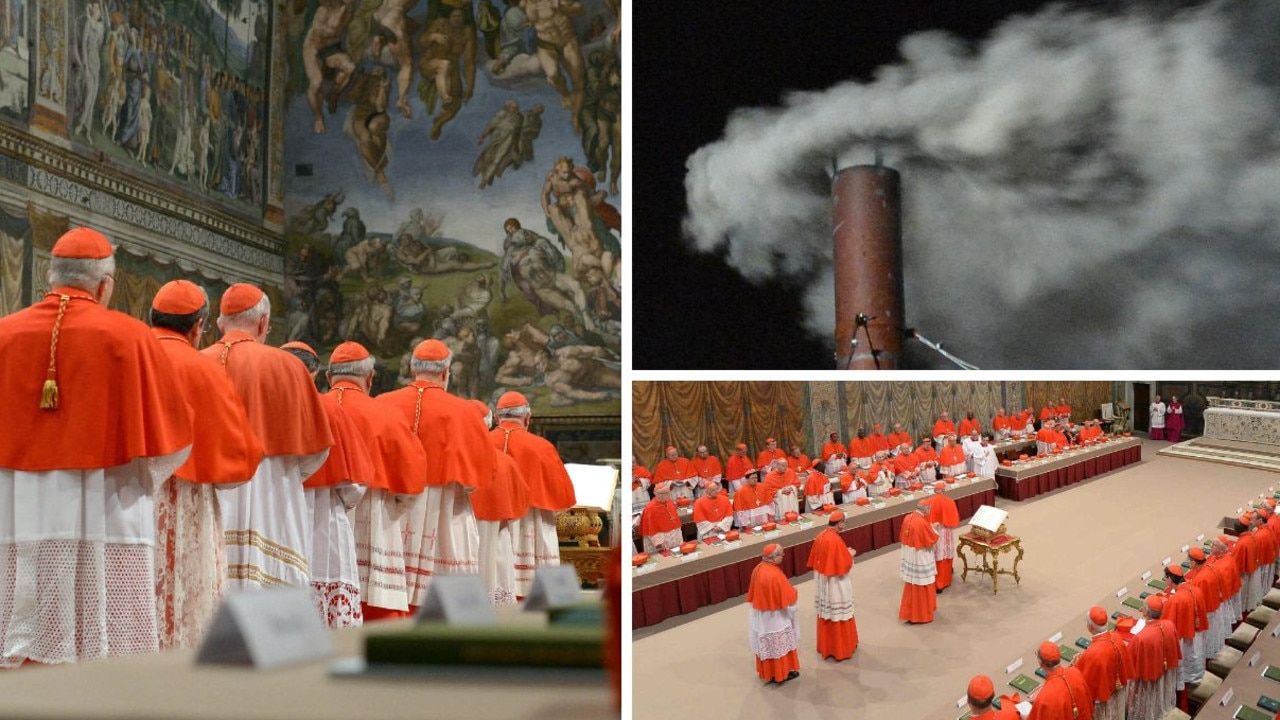Israel Hamas ceasefire deal: What it means
Israel and Hamas have finally reached a ceasefire agreement and a truce. This is what happens next, what it means for Gaza, the hostages and the Middle East.
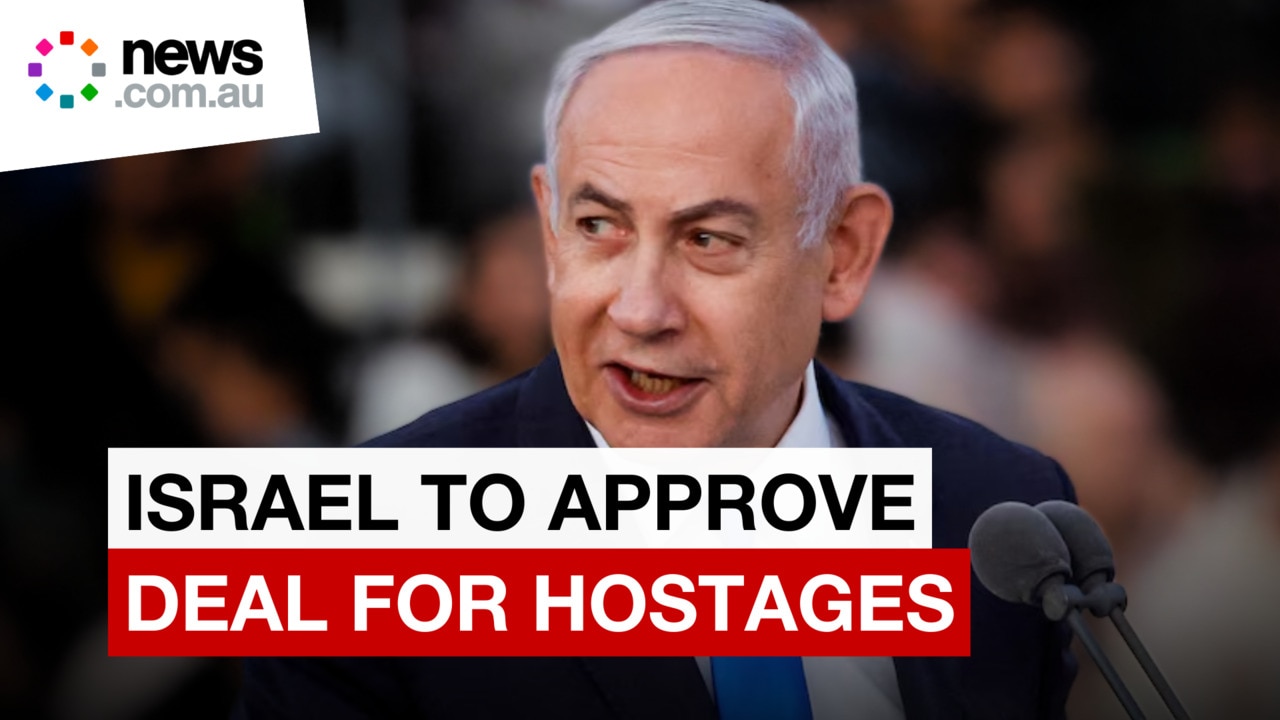
World
Don't miss out on the headlines from World. Followed categories will be added to My News.
A ceasefire in the Gaza war has begun, after Israel’s cabinet voted to approve the truce and hostage-prisoner release deal.
Israel has said no Palestinian prisoners held by Israel would be freed before late Sunday afternoon.
“The government has approved the hostage return plan,” the office of Prime Minister Benjamin Netanyahu said after the cabinet held its vote.
Netanyahu’s office said the deal “supports achieving the objectives of the war”.
Israel’s justice ministry said 737 Palestinian prisoners and detainees will be freed as part of the first phase of the deal — none before 4:00 pm local time (1400 GMT) on Sunday.
Australian Centre for Jewish Civilisation affiliate research associate Ran Porat said following the release of Israeli hostages would come the rebuilding of the Gaza Strip and the rebuilding of society.
“What happens next between Israelis and Palestinians, in a very short run, is the opening of the gate for hope,” he said.
“Israeli society is aching and divided and in pain since October 7 from what happened, from how the government responded and from the dashed hopes of stability and peace.”
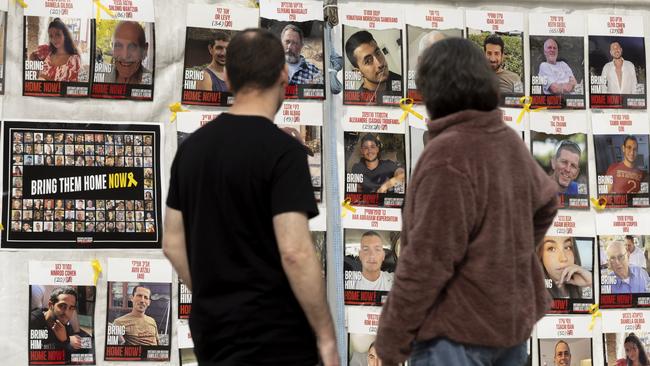
Qatari Prime Minister Sheikh Mohammed bin Abdulrahman bin Jassim Al-Thani, announcing the agreement on Wednesday, said an initial 42-day ceasefire would see 33 hostages released by militants in Gaza.
The truce is to take effect on the eve of Donald Trump’s inauguration for a second term as United States president.
Here’s what we know so far:
PHASE ONE
Israeli hostages will be reunited with their families over the next six weeks. Women and children will be released first followed by female soldiers, men over the age of 50, men who are infirm and seven American Israelis.
Israel insisted during negotiations that the bodies of deceased hostages be returned to their families.
The justice ministry published a list of 95 Palestinians to be freed starting Sunday, “subject to government approval”. They include 69 women, 16 men and 10 minors.
Two sources close to Hamas told AFP three Israeli women soldiers would be the first to be released on Sunday evening.
The women may, in fact, be civilians, as the militant group refers to all Israelis of military age who have undergone mandatory military service as soldiers.
It is believed that 33 of 98 hostages are believed dead.
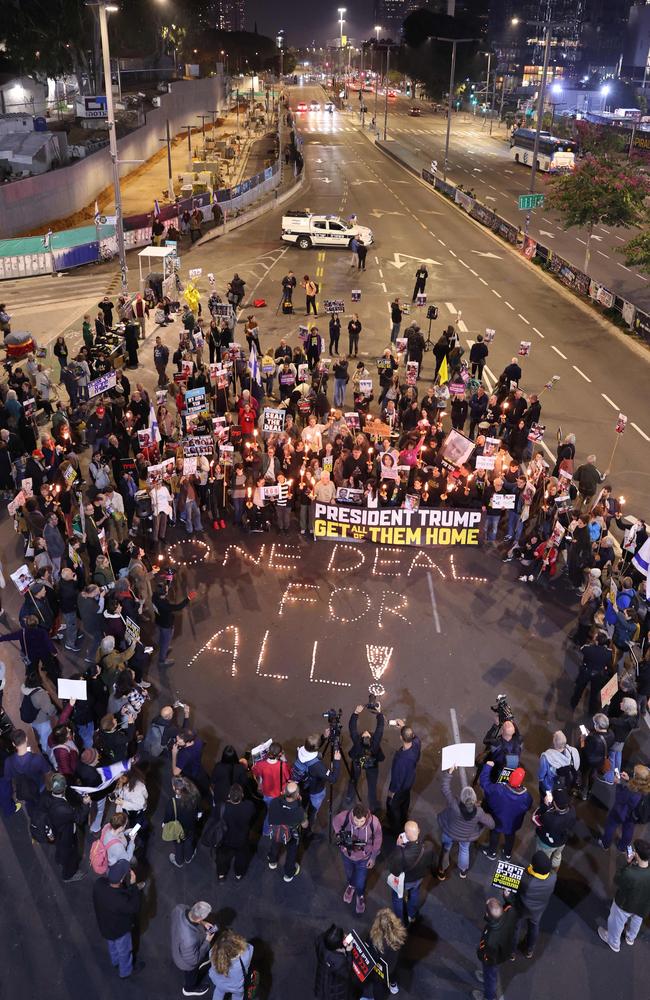
Israel’s justice ministry has said 737 prisoners and detainees will be freed as part of the first phase of the Gaza ceasefire and hostage release deal approved Saturday.
In a statement on its website, the justice ministry said “the government approves” the “release (of) 737 prisoners and detainees” currently in the custody of the prison service.
During the hostage exchange Israel will withdraw troops from population centres in Gaza but IDF troops will remain within 700m of the border at all times. International aid will be allowed to flow and Gazans will be allowed to return home.
Egypt is already preparing to open the Rafah Crossing to allow aid to resume flowing as soon as possible while Israel has agreed to reduce their presence in the Philadelphi corridor.
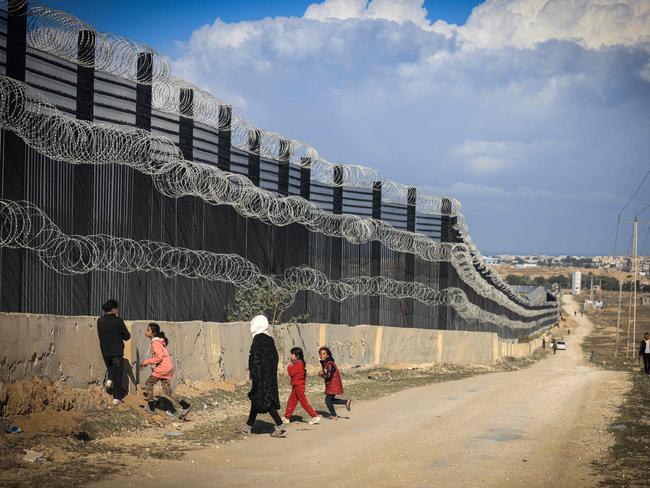
While Israel has agreed to reduce their presence in the Philadelphi Corridor, a strip of land along the border of Egypt, they will not withdraw completely until much later.
PHASE TWO
Israel and Hamas will then move into phase two of the ceasefire when the Palestinian political organisation is expected to release the remaining live hostages, mainly male soldiers, in exchange for more prisoners.
Israel is expected to withdraw from Palestine during this phase.
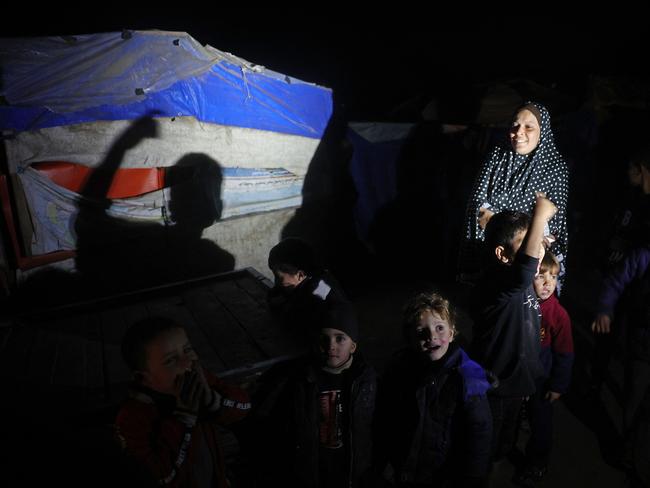
PHASE THREE
The parameters will be established during ongoing negotiations during phase one and two between Israel and Palestine.
Palestine will also draft a reconstruction plan that is expected to take up to five years and occur under global supervision.
WHO HELPED NEGOTIATE THE DEAL AND TRUCE?
Qatar helped mediate the deal between Israel and Hamas. The US was also involved. Qatar hosts the biggest US military base in the Middle East but also juggles diverging relationships including with Hamas and the Taliban government in Afghanistan. Qatar hosts Hamas’s political office, giving it unique access to the group.
Over the past 30 years, Qatar has been the go-between for warring parties in Darfur, Yemen and Afghanistan, among others.
WHAT HAS DONALD TRUMP AND JOE BIDEN SAID?
Mediators had worked for months to reach a deal but the efforts were fruitless until Trump’s inauguration neared. Brett McGurk, the pointman for outgoing President Joe Biden, was joined in the region by Trump envoy Steve Witkoff in an unusual pairing to finalise the agreement, US officials said.
Trump said the hostage-ceasefire agreement between Israel and Hamas better be finalised before his inauguration on Monday and says his involvement was crucial.
“We changed the course of it, and we changed it fast, and frankly, it better be done before I take the oath of office,” Trump said in a podcast interview with Dan Bongino.
Trump also says “we shook hands, and we signed certain documents, but it better be done.”
When President Joe Biden was asked whether his bitter political rival deserved the credit, he said: “Is that a joke?”
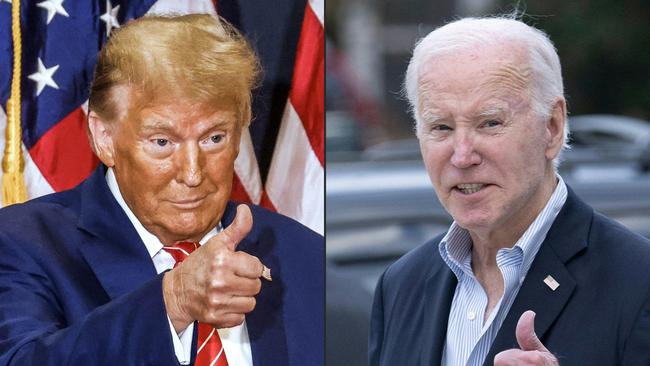
WHAT HAS LEBANON’S HEZBOLLAH SAID?
The leader of Lebanon’s Hezbollah group on Saturday accused Israel of hundreds of violations of a ceasefire, to be fully implemented by next week, and warned against testing “our patience”.
His remarks came during a visit to Lebanon by United Nations Secretary-General Antonio Guterres, who called for Israel to end military operations and “occupation” in the south, almost two months into the ceasefire between Iran-backed Hezbollah and Israel.
Guterres on Friday said UN peacekeepers had also found more than 100 weapons caches belonging “to Hezbollah or other armed groups”.
Naim Qassem, the Hezbollah leader, called “on the Lebanese state to be firm in confronting violations, now numbering more than hundreds. This cannot continue,” he said in a televised speech.
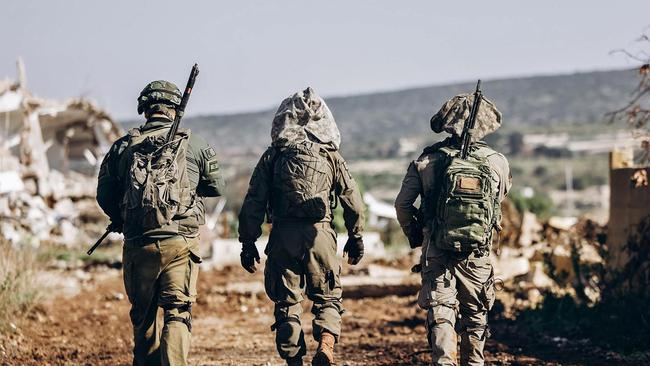
“We have been patient with the violations to give a chance to the Lebanese state responsible for this agreement, along with the international sponsors, but I call on you not to test our patience,” Qassem said.
Qassem’s speech came as Guterres met Lebanon’s new President Joseph Aoun, the former army chief who has vowed that the state would have “a monopoly” on bearing weapons.
Analysts say Hezbollah’s weakening in the war with Israel allowed Lebanon’s deeply divided political class to elect Aoun and to back his naming as prime minister Nawaf Salam, who was presiding judge at the International Criminal Court.
Qassem insisted Hezbollah and ally Amal’s backing “is what led to the election of the president by consensus”, after around two years of deadlock.
“No one can exploit the results of the aggression in domestic politics,” he warned. “No one can exclude us from effective and influential political participation in the country”.
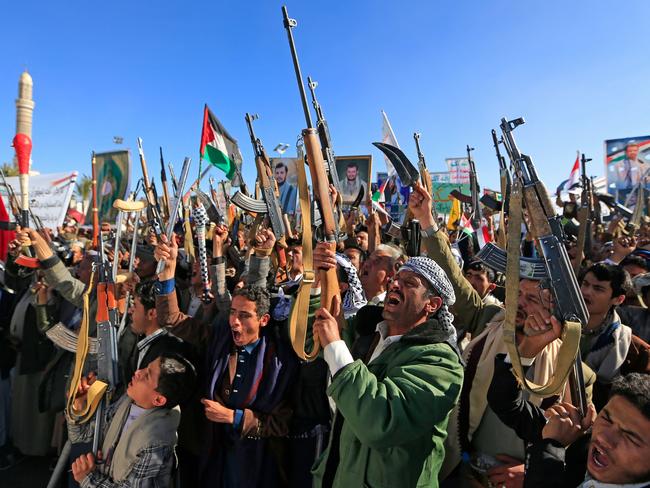
WHAT HAS BEEN THE REACTION FROM YEMEN AND IRAN?
Thousands of Yemenis crowded the capital Sanaa Friday to express their support for the Iran-backed Houthi rebels, who say they will maintain pressure on Israel despite the imminent Gaza ceasefire.
Every week for the past 15 months, people have filled the centre of the rebel-held city on the Muslim day of prayer and rest to chant their backing for the Palestinians.
The Houthis, originally from northern Yemen, form part of the Iran-backed “Axis of Resistance”, which also includes Hamas and the Hezbollah militant group in Lebanon.
WHAT HAS BEEN SYRIA’S REACTION?
Iranians and Israelis have been banned from flying to Syria, which is under new leadership since last month’s overthrow of longtime ruler Bashar al-Assad, an airport source said.
International flights resumed at Syria’s main airport in Damascus on January 7, almost a month after Islamist-led rebels ousted Assad after a lightning offensive.
Just a few airlines have since resumed or announced they will resume flights to Syria.
A Damascus airport source said the facility’s authorities told airlines operating in Syria not to allow Israelis and Iranians to board flights to the country.
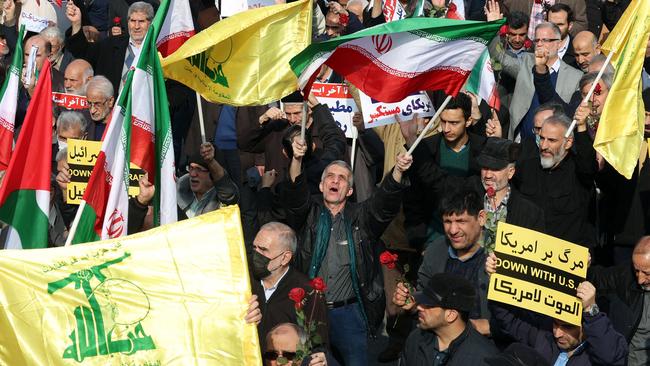
WHAT ABOUT THE G7?
Leaders of the Group of Seven (G7) powers called the ceasefire deal in Gaza “a significant development” and urged Israel and Hamas to work on its “full implementation.”
“This is a significant development,” the G7 said in a statement, urging “all parties to engage constructively” in its next phases of talks “to help ensure its full implementation and a permanent end to hostilities.”
WHO WILL GOVERN GAZA?
This is perhaps the biggest unanswered question of the conflict.
Palestinian president Mahmud Abbas said the Palestinian Authority, which has partial administrative control in the Israeli-occupied West Bank, has completed preparations “to assume full responsibility in Gaza” after the war.
Israel has no definitive stance on post-war governance beyond rejecting any role for both Hamas and the Palestinian Authority.
Outgoing US Secretary of State Antony Blinken said Gaza should be under PA control.
Mohammad Mustafa called for the PA to be the sole governing power. Previously the PA has only controlled the West Bank while Hamas has taken de facto control of the Gaza strip.

Mr Porat said there was an opportunity for the right forces to step in and create a better future for Palestinians, one that would not end in the death and destruction of its civilians.
Mr Porat said the longer term impacts of the war could present further opportunities because the war had delivered the opposite of what the architects of the October 7 terror attack had wanted.
“They were hoping for the demise of the State of Israel and what they got was the collapse of the Iranian network of terror,” he said.
“From Hamas to Hezbollah in Lebanon to the Shiite militias in Iraq to the Houthis and whatever.
WHAT HAPPENS IN THE REGION?
Mr Porat said one important development was the collapse of what Iranians called “The Ring of Fire” around Israel, which he described as an instability agent that had spread terror and hate throughout the Middle East.
“They now need to continue disabling the nuclear weapon threat coming out from Tehran and the extremist regime that takes away the freedom of women and preaches extremism,” he said.
“That should be the next step if we actually have any hope for real change in the Middle East.”
DID THE ELECTION OF DONALD TRUMP HELP?
Mr Porat said Palestinians ultimately considered incumbent US President Joe Biden weaker than Donald Trump, who ordered the killing of Iranian commander Qasem Soleimani in Iraq in 2020.
“The bottom line is that he [Biden] was considered by the Palestinians as weaker than Trump who comes in and promises hell if there’s no deal by the time he enters the White House,” he said.
“There’s credibility behind Trump that Biden could not provide.”
CAN WE LEARN ANYTHING FROM THE WAR?
Mr Porat said the main lesson from the past 15-months was that war and terror unleashed nothing but pain and misery.
“That is the lesson we should all learn,” he said.
“We see it in the streets of Melbourne and Sydney in the universities.
“We saw it with hate and antisemitism and the attacks on synagogues. That is the wrong path and it will only lead to the results nobody wants. That is the one take away from this war.”
More Coverage
Originally published as Israel Hamas ceasefire deal: What it means
Read related topics:Explainers




